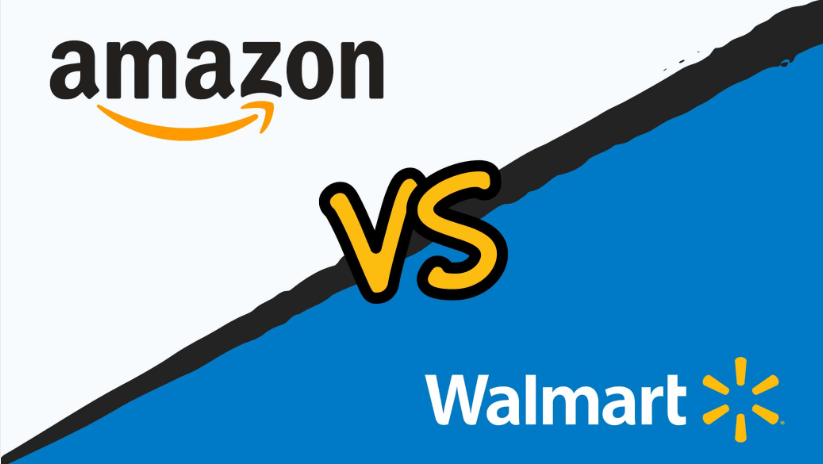Navigating the world of online retail, businesses often find themselves weighing the benefits of different fulfillment services. Two of the giants in this space, Walmart Fulfillment Services (WFS) and Amazon’s Fulfillment by Amazon (FBA), offer unique advantages and challenges. This article provides a comprehensive comparison to help businesses make informed decisions about which platform might be better suited to their expansion goals and operational needs.

Market Reach and Customer Base
Amazon FBA boasts a vast global presence, with millions of customers accessing its platform daily. It’s not just a marketplace; it’s a behemoth in the e-commerce world, attracting a diverse audience from around the globe. Amazon’s Prime membership, offering perks like free two-day shipping, further entices a loyal customer base, making it an attractive option for businesses aiming for international exposure.
Walmart Fulfillment Services (WFS), while a newer player in the online marketplace, leverages Walmart’s extensive physical retail presence and brand recognition in the United States. Walmart’s marketplace is rapidly growing, offering sellers access to a large, though more U.S.-centric, customer base. This platform might appeal more to businesses targeting the American market, particularly those looking to capitalize on Walmart’s reputation for value and affordability.
Fee Structure and Costs
The cost of using fulfillment services is a critical factor for businesses. Amazon FBA is known for its complex fee structure, including storage fees that vary by season, fulfillment fees based on the size and weight of products, and additional fees for long-term storage. This complexity can make it challenging for businesses to predict costs accurately.
In contrast, WFS offers a simpler, more straightforward pricing model. Although details may change, WFS typically charges per item fulfilled, with clear rates for storage. This simplicity can make financial planning easier for businesses, although they must still consider whether the overall cost structure aligns with their budget and pricing strategy.
Fulfillment Speed and Reliability
Both platforms excel in fulfillment speed and reliability, a testament to their logistical prowess. Amazon FBA users benefit from Amazon’s advanced logistics network, including its Prime service, which promises fast shipping times that are a significant draw for customers.
WFS also offers competitive shipping times, with the added advantage of leveraging Walmart’s nationwide network of stores and fulfillment centers. While it may not yet match the sheer scale of Amazon’s logistics, WFS is rapidly expanding its capabilities, offering reliable and efficient service that can meet most sellers’ needs.
Flexibility and Seller Control
When it comes to flexibility and control, there are noticeable differences between the two services. Amazon FBA requires adherence to strict guidelines and policies, which can sometimes limit sellers’ control over their inventory and how their products are presented and handled.
WFS aims to provide a bit more flexibility, offering sellers the ability to manage their listings directly on Walmart’s platform and retain more control over customer interactions. However, sellers are still operating within Walmart’s ecosystem, which comes with its own set of rules and expectations.
Conclusion
Choosing between Amazon FBA and Walmart Fulfillment Services (WFS) depends on a variety of factors, including target market, cost considerations, and desired level of control over sales and fulfillment processes. Amazon FBA offers unparalleled global reach and a sophisticated logistics network, making it ideal for businesses looking to tap into an extensive international customer base. On the other hand, WFS provides a compelling option for those targeting the U.S. market, offering simpler fee structures and the potential for greater seller flexibility within Walmart’s growing online ecosystem.
Ultimately, the decision should align with a business’s strategic goals, target audience, and operational capabilities. Diversifying across both platforms could also be a viable strategy, allowing businesses to leverage the unique advantages of each while mitigating the risks associated with dependence on a single marketplace.
